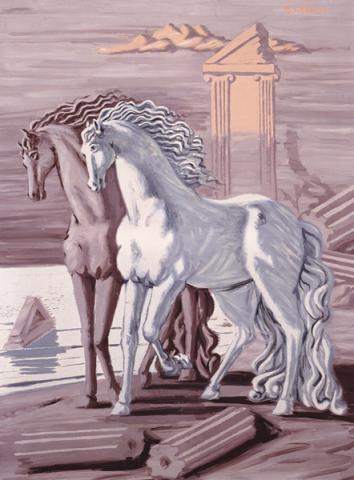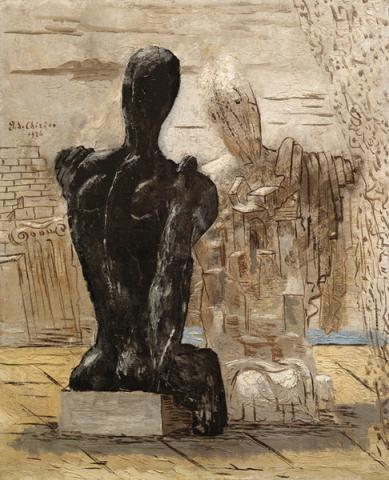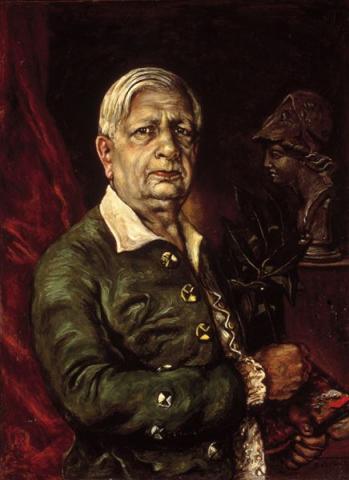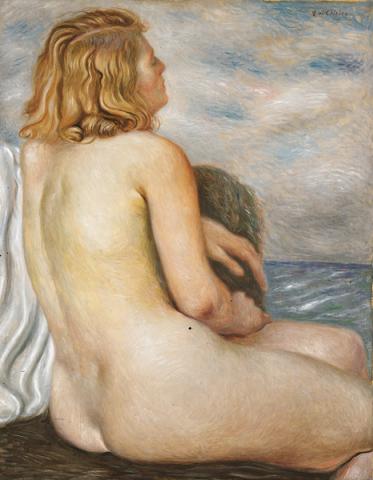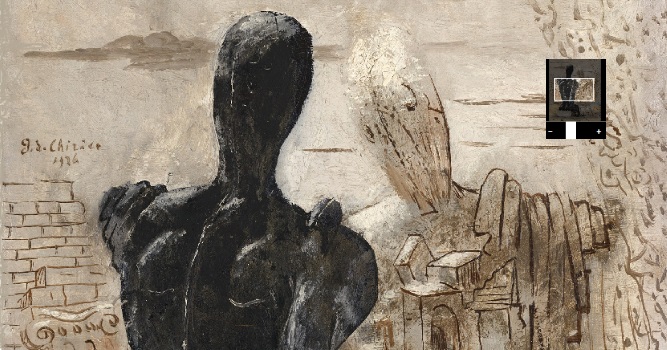8 "small museums" in Rome with free admission
From the suggestive archaeological area of the Villa of Maxentius to the precious sculptures kept a stone's throw from Piazza Navona in the Giovanni Barracco Museum of Ancient Sculpture.
From the walkway, the towers and the stories contained in the Museum of the Walls, to the works of de Chirico, Severini, Warhol, Rivers and Manzù housed in the Carlo Bilotti Museum in Villa Borghese.
These are just some of the small exhibitions areas in Rome with free admission, but other passions and curiosities can be satisfied by continuing to follow the most fascinating itineraries of the city. As the one leading from the avenues of Villa Borghese to the turn-of-the-century atmospheres of the house-studio of the sculptor Pietro Canonica or the one that takes history enthusiastics among the precious nineteenth-century relics kept in the rooms of the Napoleonic Museum. Finally, going up to the Janiculum Hill, the scenery of the tormented struggles of the Roman Republic of 1849, where you can relive those tragic days thanks to the immersive narration of the Museum of the Roman Republic and Garibaldi's memory.
In addition to the peculiarity expressed by each permanent collection, temporary exhibitions are also held in some of these eight “small museums” of the Civic Museums System of Rome, often closely linked to the themes distinguishing the site.
The Villa di Maxentius, between the II and III miles of the Appia Antica, is not the site of exhibitions, but it was the residence of the Emperor Maxentius, certainly one of the most extraordinary archaeological complexes of the Roman suburb which includes, among other things, the circus, well preserved in all its architectural components, and the dynastic Mausoleum of Maxentius, also known as the "Tomb of Romulus" from the name of the young son of the emperor who was presumably buried here.
Returning to the city center, at Porta San Sebastiano, a visit to the Museum of the Walls, housed inside the Porta Appia, offers the opportunity to learn about, with the help of models and didactic panels, the transformations that the Aurelian Walls have suffered through the centuries, but also the historical events and the personalities that have taken place in these spaces. Extremely suggestive is the path inside the patrol walkway and the towers rising every 30 meters.
Continuing the discovery of the eight small museum treasures, entering a new dimension is what a fascinating site on the top of the Janiculum Hill promises, which has its virtual time door in Porta S. Pancrazio: the Museum of the Roman Republic and Garibaldi memories. Entering its rooms, with the help of fascinating multimedia technologies, it is possible to listen to some of the protagonists of the extraordinary revolutionary season of the two-year period 1848-49, to relive the atmosphere from eyewitnesses through the hands-free stories of events, characters and ideals of those tormented years of struggle.
An authentic new era, on the other hand, is that exhibited in the Casal de 'Pazzi Museum, born from the discovery of an elephant tusk in 1981 during the urbanization works in the Rebibbia area. From here an archaeological investigation on an area of over 1,200 square meters has brought to light the stretch of an ancient riverbed. More than 2000 animal fossils have been discovered in the deposit, belonging to species unthinkable today in the Roman countryside (the ancient elephant, the aurochs, the hippopotamus, the rhinoceros), but also a fragment of skull and over 1,500 flint artefacts that testify to the contemporary presence of men.
Finally, we return to a splendid reality with the Giovanni Barracco Museum of Ancient Sculpture, where in a precious sixteenth-century architectural environment, located between Piazza Navona and Campo de 'Fiori, an extraordinary collection of ancient sculptures formed between the end of 800 and early '900 by Giovanni Barracco, Calabrian baron of ancient nobility. Through 400 well-chosen works and fragments of the highest quality, the collector leads us on a fascinating journey that touches Egyptian, Assyrian, Cypriot, Etruscan, Greek and Roman art, up to some examples of medieval art.


























